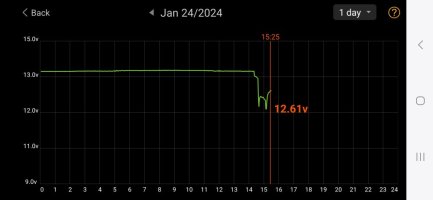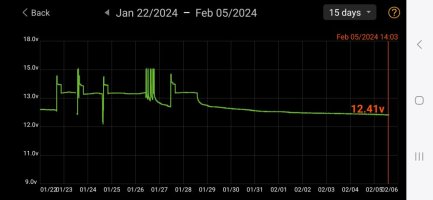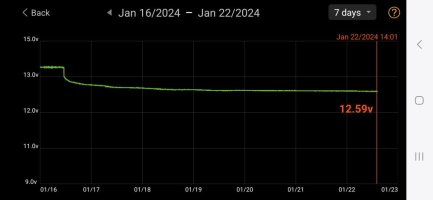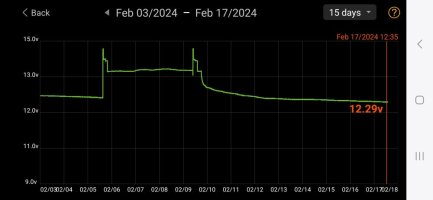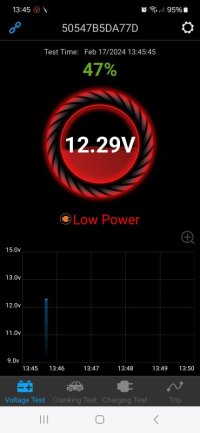The advantage is in the "off" season you have the chance to do a few experiments like this.
It's entirely possible that we find no long term issue, or at least one that needs addressing. But what it does give you is a good understanding or your system and what makes it tick and that's valuable in understanding how best to use it but also for noticing if it's behaviour changes.
It's entirely possible that we find no long term issue, or at least one that needs addressing. But what it does give you is a good understanding or your system and what makes it tick and that's valuable in understanding how best to use it but also for noticing if it's behaviour changes.


